SEO Best Practices To Get More Traffic To Your Ecommerce Stores In 2024
- Shopify
- SEO
Launched
November, 2024

Introduction
Building a Shopify ecommerce store is only fruitful when you get visitors. If people can’t discover you on Search Engine Results Pages (SERPs), you’ll hardly make any sales oragnically.
But if you rank on top on the relevant keyword searches, you’re in for a treat. Besides high sales, you’ll also have a flippable asset that you can sell for roughly 3x to 10x of your net annual profits.
Exciting, right?
This article is a straightforward guide to ranking your Shopify store higher on the SERPs. Let’s make your store a magnet for digital visitors!
Why Invest in Shopify SEO?
According to data, there are about 4.5 million live Shopify stores. With such a huge number of stores, you may wonder if shopify SEO is even worth it?
YES!
Shopify SEO can take time and money. It can be a while before you start seeing results.
But, it’s definitely worth the investment.
Depending on different variables, your SEO efforts may face different challenges, but patience is key.
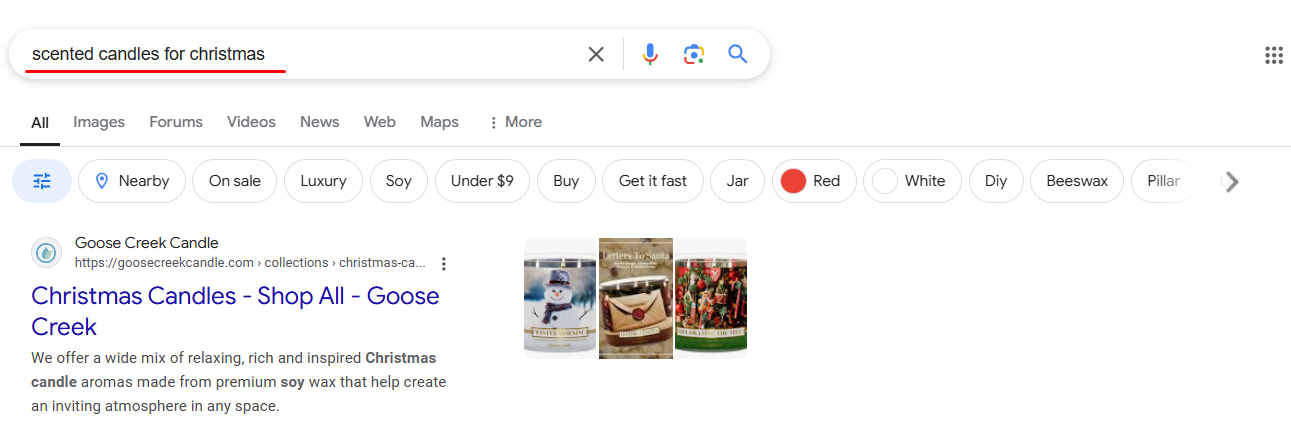
Imagine that you sell scented candles.
Ranking at the top means that people will visit your site and likely become your customers.
This keyword currently has approximately 320 monthly visits and a difficulty score of just 7. The numbers are expected to rise as the season approaches. Imagine having 100s of people visit your store just with this keyword.
This is just one of the millions of examples of how ranking high on the right keywords can be beneficial.
So, why invest in Shopify SEO? Here are 5 reasons:
Organic Traffic
SEO gets you organic traffic, unlike PPC and paid media, where costs can go as high as $30+ per click. And once you rank high, you just need to maintain the page to stay on top.
Lower Customer Acquisition Cost (CAC)
Higher rankings mean you can enjoy lower CAC. This easily gives you an edge over your competitors, who will probably have to use paid channels to try to compete with you.
Brand Credibility
A business that ranks on top naturally appears more credible than the one that ranks on, let’s say, 6th or 7th position. Brand credibility also results in higher customer trust and repeat buyers.
Better User Expeirence
Ranking on top takes more than just plugging in the relevant keywords. It takes store optimization on several fronts to rank high. This means your customers will have an amazing experience browsing your store.
A Long-Term Asset
Top-ranking pages can maintain their position for years. It depends on the niche and products as well, but generally, ranking high means that you have a valuable asset. As mentioned, well-built and high-ranking stores can go as high as 10x their net annual profits.
Besides, if you don’t do Shopify SEO and just make a site hoping that customers will magically show up, you’d be working with the wrong expectations.
The 4 Common Types of Shopify SEO?
Now that you know the benefits let’s see the SEO areas where you’d have to work.
Remember, SEO is a vast field, and hundreds of factors can influence your rankings. There’s no “fixed” playbook and there’ll always be an element of uncertainty.
However, by following best practices, you’ll definitely have an upper hand over an unoptimized store.
And with constant efforts, your Shopify store will dominate the SERPs.
So, let’s discuss the key SEO types to work with.
|
Technical SEO |
All the technical aspects of your store, like fast loading, clean code, neat URLs, lazy loads, etc, signal the search engines that your store is valuable for people to see. |
|
On-page SEO |
On-page SEO means aligning your pages with SEO best practices such as titles, metatags, correct headings, internal & external links, etc. |
|
Off-Page SEO |
Off-page means efforts beyond the store – link building – to get traffic from different sources and build store’s authority. |
|
Mobile SEO |
Sadly, many e-commerce stores are still only optimized for computer devices. Mobile SEO is to increase m-commerce traffic by optimizing stores for mobile usage, which accounts for roughly 65% of all e-commerce searches. |
These are common areas that you must handle. Let’s discuss each of them deeper and see what steps can help you rank better on SERPs.
SEO Best Practices to Rank Your Shopify Store On SERPS
Now is the time to dig deeper into individual elements to rank your store better than competitors.
Technical SEO
Handling technical SEO is super important if you want to enter the ranking race.
Several things need to be addressed here. The list is pretty long, but if you work out the fundamentals, your store will start seeing results.
For Website Speed
Speed is a core web vital, and Google favours stores that load fast. Your customers will also want the store to load fast. Ideally, your website should load in under a second.
Reports from different sources show that 40% of people will leave a site if it takes more than 3 seconds to load. You’d not want that for your store right?
Here’s how you can reduce speeds –
- Compress and optimize images
This ensures that your store is lightweight and HD images don’t compromise load times. You can use tools like TinyPNG to do this.
- Choose lightweight and fast themes
Beautiful storefronts mean nothing if they take a long time to load. Store themes optimized for performance should always be a preferred choice. If you want customizations, it’s best to approach experts who can install fancy features on your store while keeping it lightweight.
Use tools like PageSpeed Insights to check your speed status and make appropriate changes where necessary.
- Minify JavaScript, CSS, and HTML Files
There’s no need for lengthier codes when something can be done with shorter codes. Lesser codes mean better load times. You can do it manually or use third-party Shopify apps to minify your codes and files.
Website Security
Website security is crucial if you want to rank higher.
- Use a secure domain
HTTPS and SSL certificates are now necessary. If your site isn’t safe, Google won’t rank it. Site security is crucial for the visitor experience.
- Use trusted Shopify apps
Install apps from trusted developers. Third-party apps from unreliable sources can compromise your store security and cause hindrances in ranking higher.
- Keep themes and apps updated
Outdated apps and themes can collapse, causing you to lose your rankings. The higher your uptime, the more preference you get from search engines. Thus, ensure everything is updated as soon as possible.
Use Logical Site Structure
A clean site structure goes a long way. It’s easy for search engine crawlers to identify your pages and understand your site structure, resulting in quick indexing and better ranking.
Ensure that there aren’t any missing pages or broken URLs. Your sitemap plays a crucial role in telling Google about your site’s structure.
Shopify automatically builds a sitemap that users can submit to Google Search Console (GSC). A logical and clean site structure makes it easy for search engines to understand and store your page details, increasing your probability of ranking high.
Here’s an example of what a clean site structure looks like:
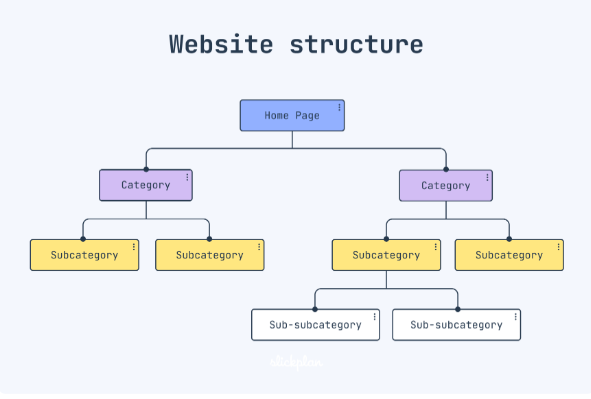
(Please have it designed to Grumspot theme)
If you have a big store, having everything sorted is even more necessary.
On-Page SEO
On-page SEO means addressing everything that appears on any page of your website.
Craft every page on your store carefully. Many times, people won’t even visit the homepage of your store. For example, if someone searches “copper glass deals,” Google will directly show your product page.
So, the on-page for every page is super important. Here are some areas to handle.
For Content Strategy
Craft a compelling content strategy for each page.
- Keyword research
Ecommerce is heavily dependent on the use of correct and relevant keywords. Because this is a broad category, and the closer your keywords are to someone’s search intent, the better your chances of ranking higher.
So, do your keyword research right. A good idea is to explore top-ranking products in your niche and take KW inspiration from them.
Look for unique keywords, add long tail keywords, use supportive keywords – being thorough with the content pays off. Besides exploring existing pages, you can use tools like SEMRush, Ahrefs, and Amazon Suggest for your keyword research.
- Intent-based content
Search engine algorithms want to deliver the best possible search results based on the search intent of surfers. So, ensure that your page content aligns with the searcher’s intent.
For example, if someone searches “Types of leather belts,” they likely want to know about leather belts, but if someone searches “leather belts discounts,” they are looking to buy something.
There are 4 types of common search intents –
- Transactional
- Informational
- Navigational
- Commercial
Use them as part of your content strategy to deliver the content someone is searching for. Also, use them to produce different pieces of content – certain keywords go on product pages, while others go in blogs or landing pages.
- Optimize on-page content
Content optimization helps search engines understand what your pages are for and then push them to the visitors.
- Have clear metadata so people can know about the product/page even before they visit.
- Have clear H1, H2, H3, and H4s – add relevant keywords in headings where possible.
- Optimize heading tags for search engine algorithms.
- Make your headings and metadata compelling so visitors are motivated to click on them.
Besides all, pay special attention to your page URLs.
All pages should have readable URLs with relevant keywords in them.
For example, if you sell shoes for men, then a good URL could be:
|
www.yourstorename.com/brown-shoes-for-men |
Instead of www.yourstorename.com/312323article .
These small changes can have a big impact on your store’s ranking.
Note : Don’t plagiarise content. Google will penalize you and your rankings will take a strong hit.
Internal Linking
Internal linking is a crucial aspect of SEO that connects one website page to another within the same domain.
It is important for many reasons, such as
- Signaling the search engines about the importance of pages.
- Improves crawling and indexing of various pages of your store.
- It helps pages become more visible via link juicing and contributes to page authority.
Internal linking is also a tool for bringing your visitors to the conversion landing page, where they can finally purchase the product.
However, internal linking should be contextual. Just making links for the sake of it can cause more damage than good. For instance, linking a page to shoelaces on shoes page could be a good strategy.
But linking a mosquito repellent on a smartwatch page doesn’t make much sense.
Also, highlight some key pages and make internal links to them to increase page authority.
Internal linking is also a good way to send traffic to pages that are otherwise not generally discovered via search results. A good internal linking strategy with relevant anchor texts can greatly enhance your SEO efforts. So, be diligent about it.
Content Media Strategy
Content isn’t just text anymore.
There’s video and graphics as well. Ensure that your content strategy is driven toward optimization.
All the content you upload should have a minimal impact on your website’s speed. This area can overlap with technical SEO. For instance, implementing lazy loading for images where an image only loads when the visitor reaches the point.
This way, your pages can have more media, but because it doesn’t all load at once, the site speed remains fast. Several apps can help you achieve that.
Plus, use relevant descriptions and tags for any media that you upload. For example, a shoe picture with the tag “shoes for men” can bring you traffic from the images section of Google. But if it’s named “img2342d.png” it won’t do you any good.
Be careful about following the suggested metrics of the core web vitals. Those are Google’s ideal numbers and staying in the green range will help you big time with your SEO efforts.
Off-Page SEO
Off-page SEO happens outside of your store. It means to build links and get other websites or platforms to point towards your store.
Strong off-page is necessary for ranking higher on the SERPs. Especially if you are in a competitive niche.
There are a few key factors when doing the off-page. For instance, a single backlink from a 90+ domain authority (DA) website can be worth more than 5-8 backlinks from 30ish DA sites.
It is a significant ranking factor, and strategic off-page can boost your Shopify store rankings.
There are several things you can do about it. For example – analyze the competition's backlinks first.
Tools like SEMRush or Ahrefs can give you a detailed analysis of what your competition’s backlinking strategy is.

Above is an example of the report a tool can deliver. You can know the backlinks of your competitors and build an outreach strategy.
Another way is to contribute to websites of your related products as guests. They’ll link ot your store and contribute to your SEO strategy. For example, if you sell shoes, you can write a guest post for a shoe polish manufacturer and request a link to your shoes’ landing page.
In simple words, off-page SEO means getting other websites to point toward your store. This signals trust in algorithms and increases your store’s authority.
Mobile SEO
Mobile shopping is now a huge part of the ecommerce scene. If your store isn’t mobile optimized, it’ll have a tough time competing against one that is.
Google is already a mobile-first search engine. So, optimizing your store for mobile devices is crucial.
Shopify users don’t have to worry much about mobile optimization because all its themes are optimized for mobile devices by default.
But when you customize the store’s code or adjust your site map, it’s crucial to ensure everything works. Here are some things to keep in mind about your mobile optimization.
- Responsive design
The store should work on common mobile devices varying in screen sizes. For instance, if it works fine on iPhone 13 but the screen is out of proportion on S24, it’s a problem.
- Touch Elements Should Work Fine
Thoroughly test all the buttons and touchable elements. Unresponsive buttons contribute to the negative user experience.
- Avoid Intrusive Popups
Intrusive popups can result in higher bounce rates for your stores. For an optimized experience, adjust your popups so they aren’t a hindrance in browsing. This is an overall part of the user experience which is an important ranking factor.
- Adjust mobile content
See that the content is optimized for mobile readability. Once the store is ready, carefully review all the pages to ensure the intended message is delivered. Content optimization is a game changer for Shopify SEO.
Once everything is aligned on the mobile front, you are set with your store optimization.
As mentioned, Shopify themes are mobile-ready by default, but when you customize features and add new functionalities, testing everything is essential.
Important Note :
Implementing the above steps can give your store a great boost in rankings.
However, SEO is an ongoing process with several variables beyond control. Popular search engines have secret algorithm guidelines, and you can never exactly know what works and what doesn’t.
These are general Shopify SEO guidelines which are necessary for stores that want to enter the ranking race.
However, SEO for each store varies depending on several factors, such as product, market, geographic location, price points, etc. Your store may require a robust strategy and more optimization steps to rank on top.
That said, the steps above are crucial and will help any store with its efforts when implemented. But to ace the SERPs, you may need professional help.
Tools To Monitor SEO Efforts
Now that you have the steps to implement and grow your rankings, it’s time to monitor the results.
You can use several tools to monitor your Shopify store’s SEO performance. Here are a few:
Google Search Console
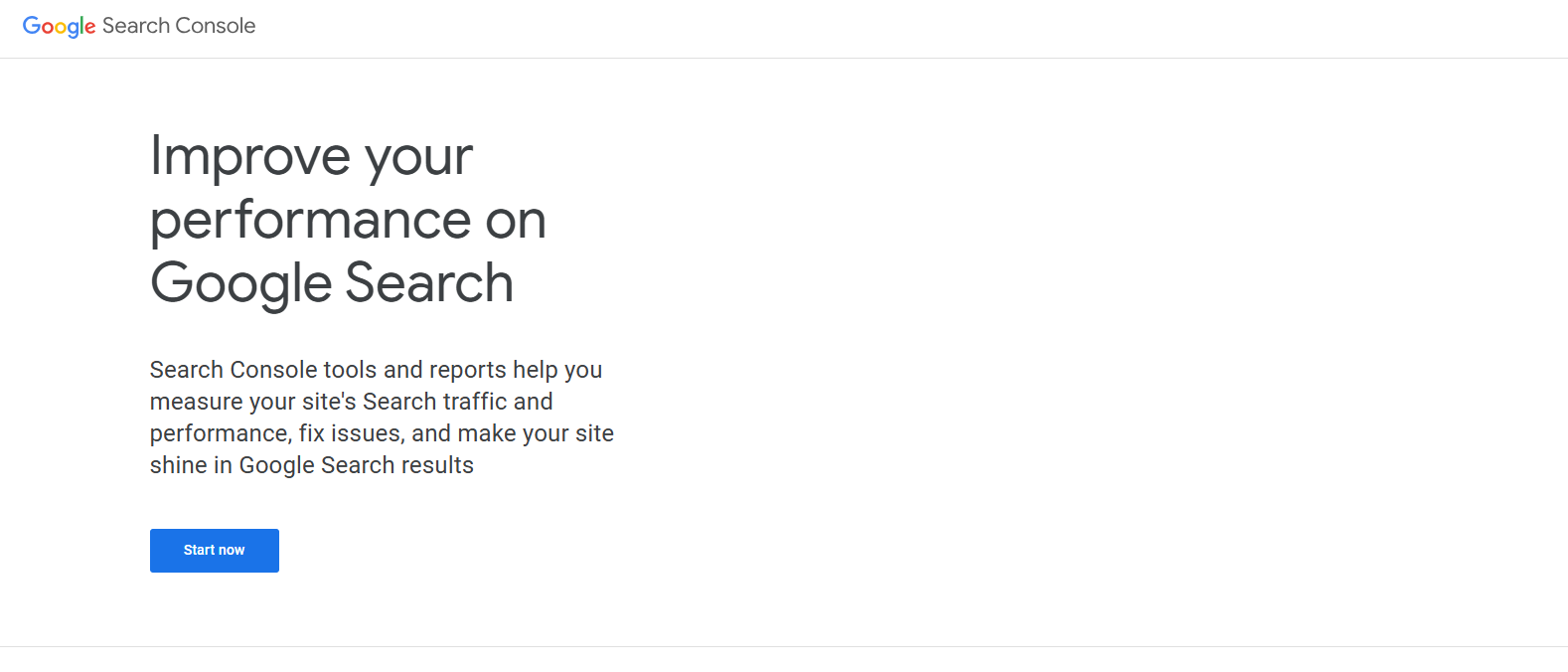
Google Search Console (GSC) is a free tool. It helps you track several key metrics, such as the number of visitors, keywords, etc. You can also submit your sitemap via GSC.
You can also see which of your pages are indexed and which aren’t, and if there are issues with indexing, you can also address them via GSC. It also tells you the store’s core web vital rankings and where you can make improvements.
Google Analytics
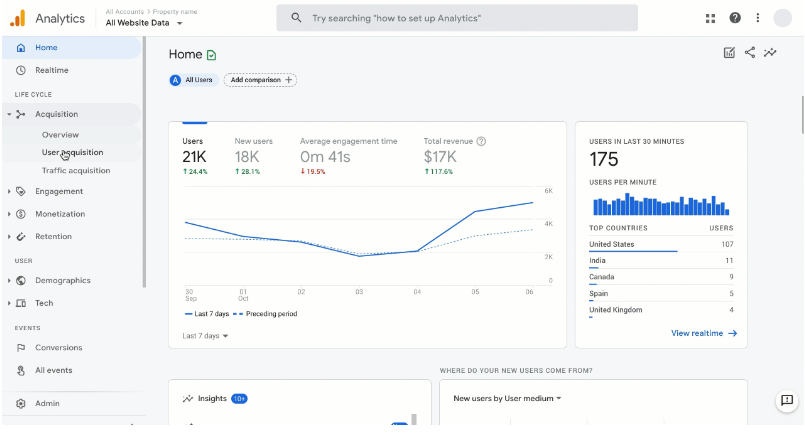
This is another free tool to monitor your traffic and SEO efforts.
GA4 offers several filters and conditions that you can set to get specific data sets. You can even use the available data to gain insights and plan future SEO strategies & business.
If you run paid ads for your store, you can also use GA4 to track Google Ads numbers.
It’s a thorough solution to track your store’s digital performance. Definitely integrate GA4 in your Shopify stores.
Bing Webmaster Tools
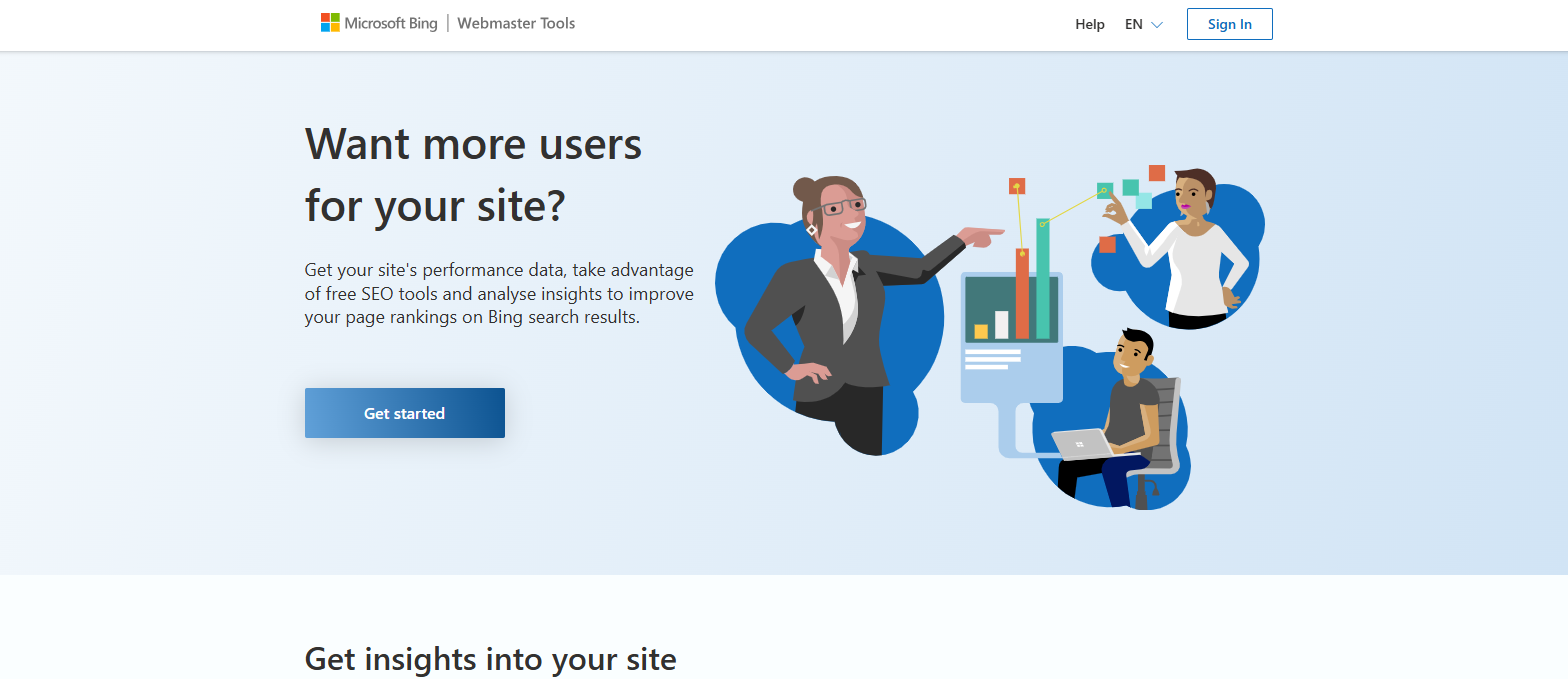
Bing is the second most used search engine.
While most stores aim to rank high on Google, diversifying to Bing can be great.
To monitor your SEO performance there and to rank higher, you can use Bing’s performance & SEO suite – Webmaster.
Other Tools For SEO
You can explore more tools if you want to go beyond tracking and need help with overall SEO strategies.
Some popular options to explore:
- Ahrefs – A paid tool for keyword research, content, competitive strategy, etc.
- SEMRUSH – A paid tool for competitor research, tracking keywords, rankings, etc
- Keywords Everywhere – A paid tool for keyword research
- Answerthepublic – A free tool for content strategy
- keyword.io – A free tool for keyword suggestions
Depending on your requirements, you can combine multiple tools to craft a successful ranking strategy for your store.
Conclusive Thoughts – Dominate Shopify SEO Strategically
Optimizing your Shopify store for search engines is crucial for sustainable growth.
Shopify SEO can help you achieve everything from initial sales to building a renowned brand. However, with so many variables to consider, it can feel like trying to hit a moving target.
SEO demands can vary depending on your niche, product, and geographical location. Eventually, your store will need a unique strategy to dominate SERPs.
If you want to focus on the operational and logistics side of the business without scratching your head on every algorithm change, let a Shopify growth expert handle your SEO.
To know more about store optimization and search engine growth, reach out to us immediately!
Let's build something together
If you like what you saw, let's jump on a quick call and discuss your project
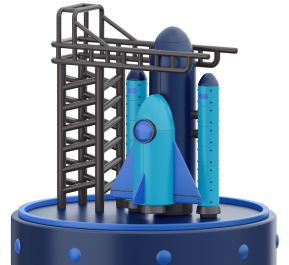
Related posts
Check out some similar posts.

- ECommerce
Improve your Shopify store's speed with essential optimization techniques, including theme selection...
Read more
- ECommerce
Enhance your Shopify store's sales with these 8 key UX design principles, ensuring a seamless shoppi...
Read more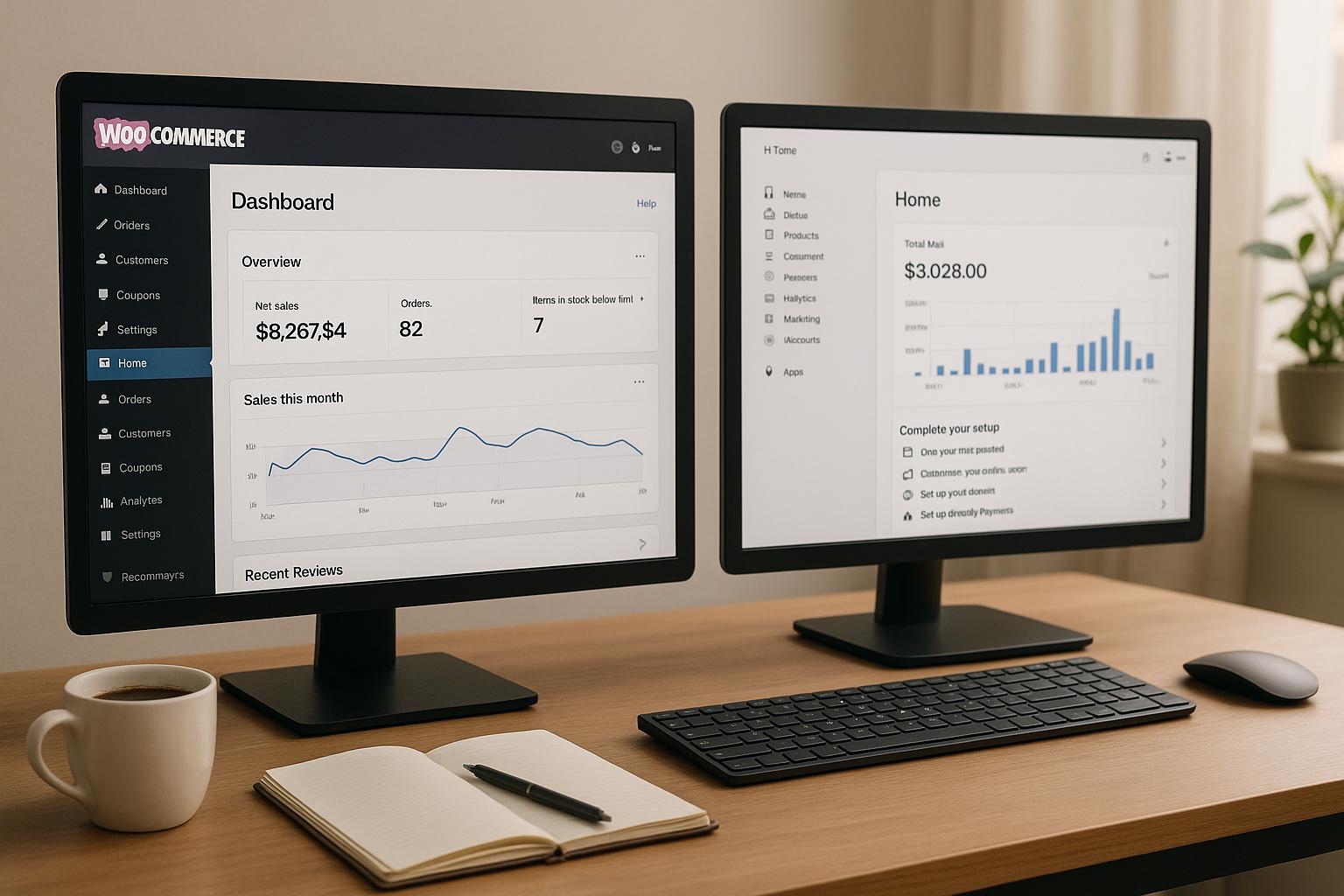
- ECommerce
Learn how to seamlessly migrate from WooCommerce to Shopify with this step-by-step guide, ensuring d...
Read more
- Shopify
Navigate Shopify's pricing with ease. Discover what each plan offers and choose the best option to g...
Read more